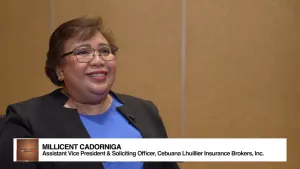
GCube urges insurers to close risk gap in renewable projects
Severe risks have greatly impacted the project bankability of renewables.
Natural catastrophe losses to renewables remain low for Australia, however, the quickening expansion into other regions heightens exposures to bushfires, cyclones, and hailstorms, GCube Insurance said.
Severe risks have greatly impacted project bankability, where some developments are troubled with securing funds due to coverage gaps and rising costs.’
“For example, I’ve seen a project in a flood-prone area where the insurance policy excluded flooding entirely. That’s not something we can accept, forcing developers to find coverage elsewhere, often in a different market,” Cécile Luciano, Director of Structured Finance Energy Origination at NORD/LB, said.
“We are seeing more engagement between lenders, insurance advisors, brokers, and developers to ensure that policies are bankable from the start. This needs to happen early in the process, ideally before construction insurance is finalised,” Luciano added.
The GCube Insurance report urges insurers, developers, and financiers to close the global renewables risk management gap.
The insurance underwriter further suggested “enhancing data accuracy through updated Nat Cat modelling, optimising asset design to withstand emerging weather threats, and strengthening resilience strategies through closer collaboration between insurers and financiers to maintain long-term insurability and effective risk-sharing.”



















 Advertise
Advertise








